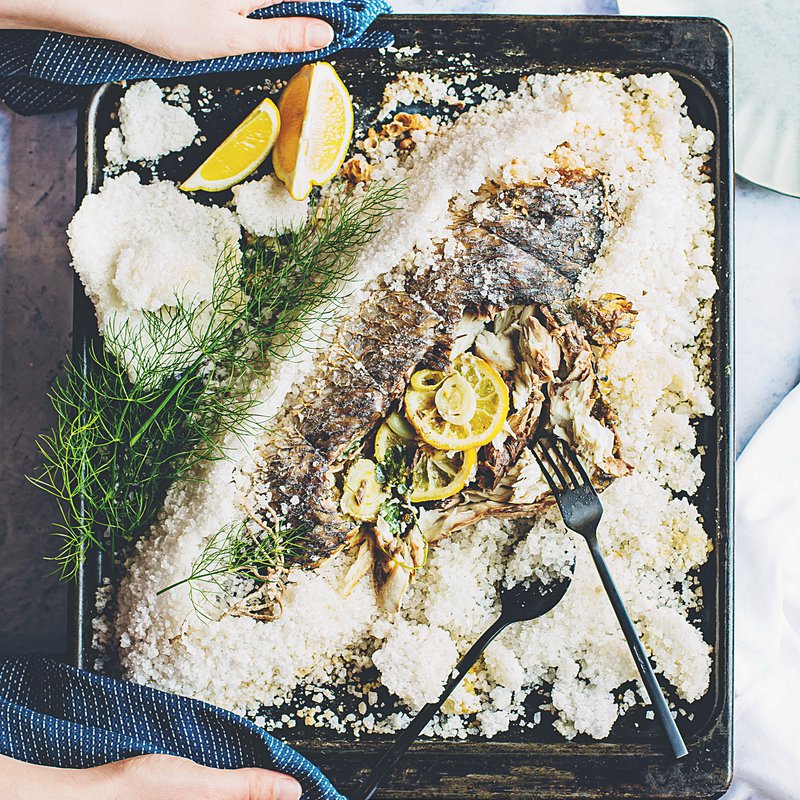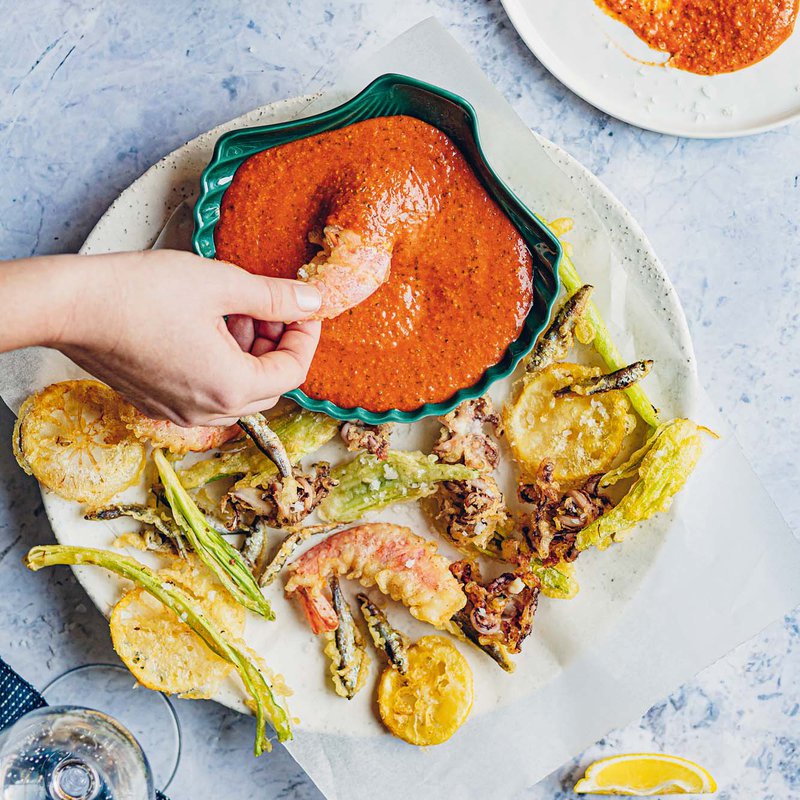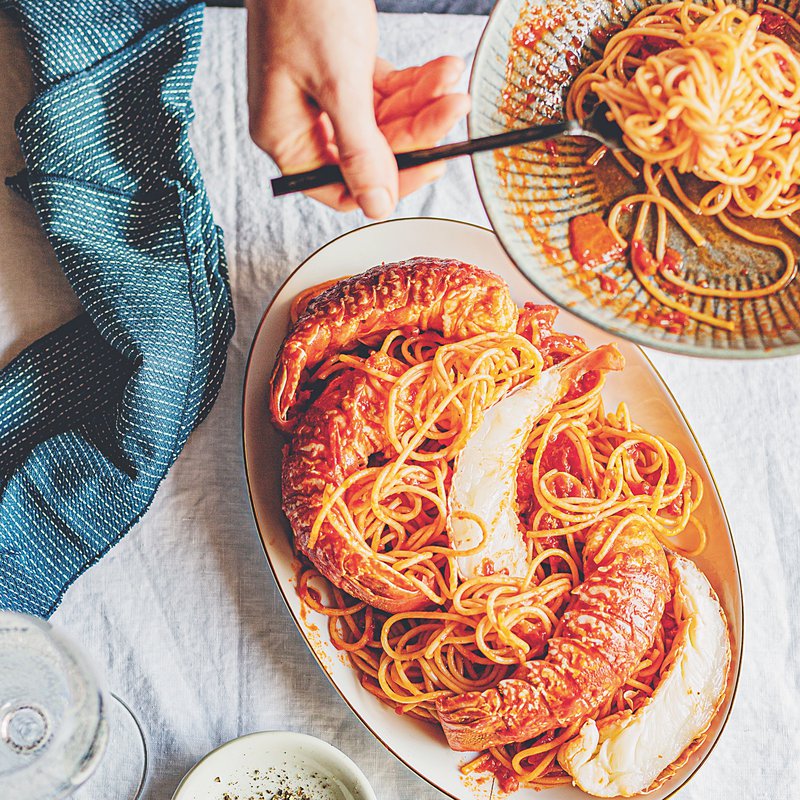Whether Easter, Christmas or Thanksgiving, annual holidays today — just like the millions who celebrate them — transcend borders, nations and even religions, more and more each year. As the world becomes a smaller place, cultures mix and festivities old and new are enjoyed and embraced by all. The Feast of the Seven Fishes is no exception.
It may be an Italian-born tradition, rich in history, celebrated by thousands of American-Italians, as well as Italians living all over the world, but many have found a way to fall in love with the Christmas Eve ritual, even though they don't have any true connections to the dinner's origins.
La Vigilia (Feast of the Seven Fishes) is an Italian-Catholic meal traditionally served as a seven-course seafood meal on 24 December. It evolved through the church's mandate to abstain from meat before Christmas Day on 25 December.
There is no definitive menu for the meal, and each family has its own traditions, which originally came from southern Italy although have naturally evolved over the years. But popular choices would include a combination of anchovies, whiting, lobster, sardines, baccalà (dried salt cod), smelts, eels, squid, octopus, shrimp, mussels and clams. Traditionally, the menu would also include pasta, vegetables, baked goods and chocolate-inspired desserts.
It’s all history
It is a Southern Italian tradition, usually celebrated no further north than Rome but American-Italians also mark the occasion. At some point during Italian immigration to America, this general day of fasting involving Vigilia adapted itself into the modern-day Feast of the Seven Fishes. The feast is about celebrating the joy and festivity of the holidays, but much of the history and origin suggest the ritual was born due to the south of Italy's deep connection to the sea. Depending on which history you believe, the number seven is suggested to be a connection to the seven Catholic sacraments. However, others claim the feast has far more practical roots, designed as a way to use up small bits of remaining fish before markets would close for the holidays. As with many holidays, there is plenty of debate over origins and how to celebrate.
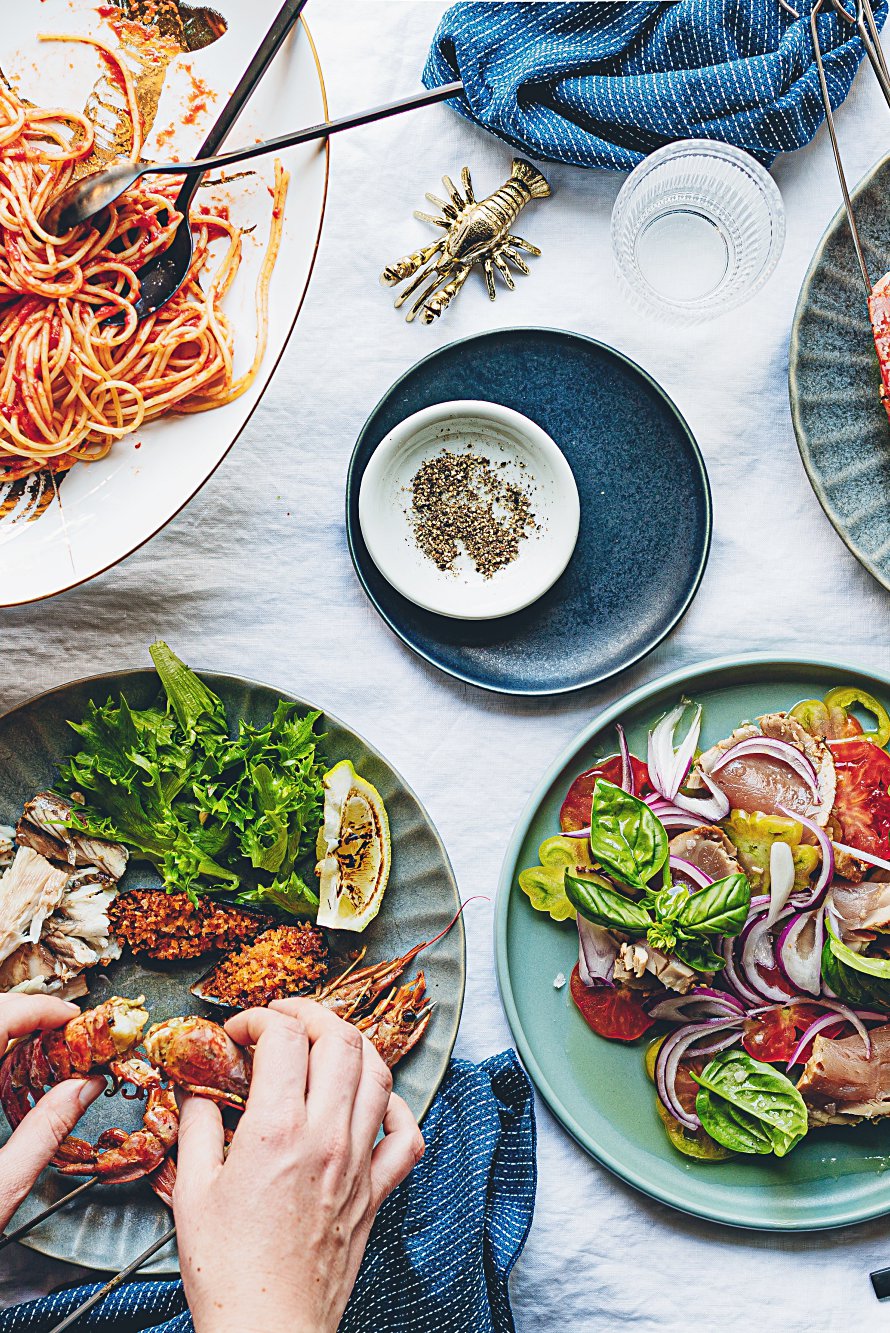
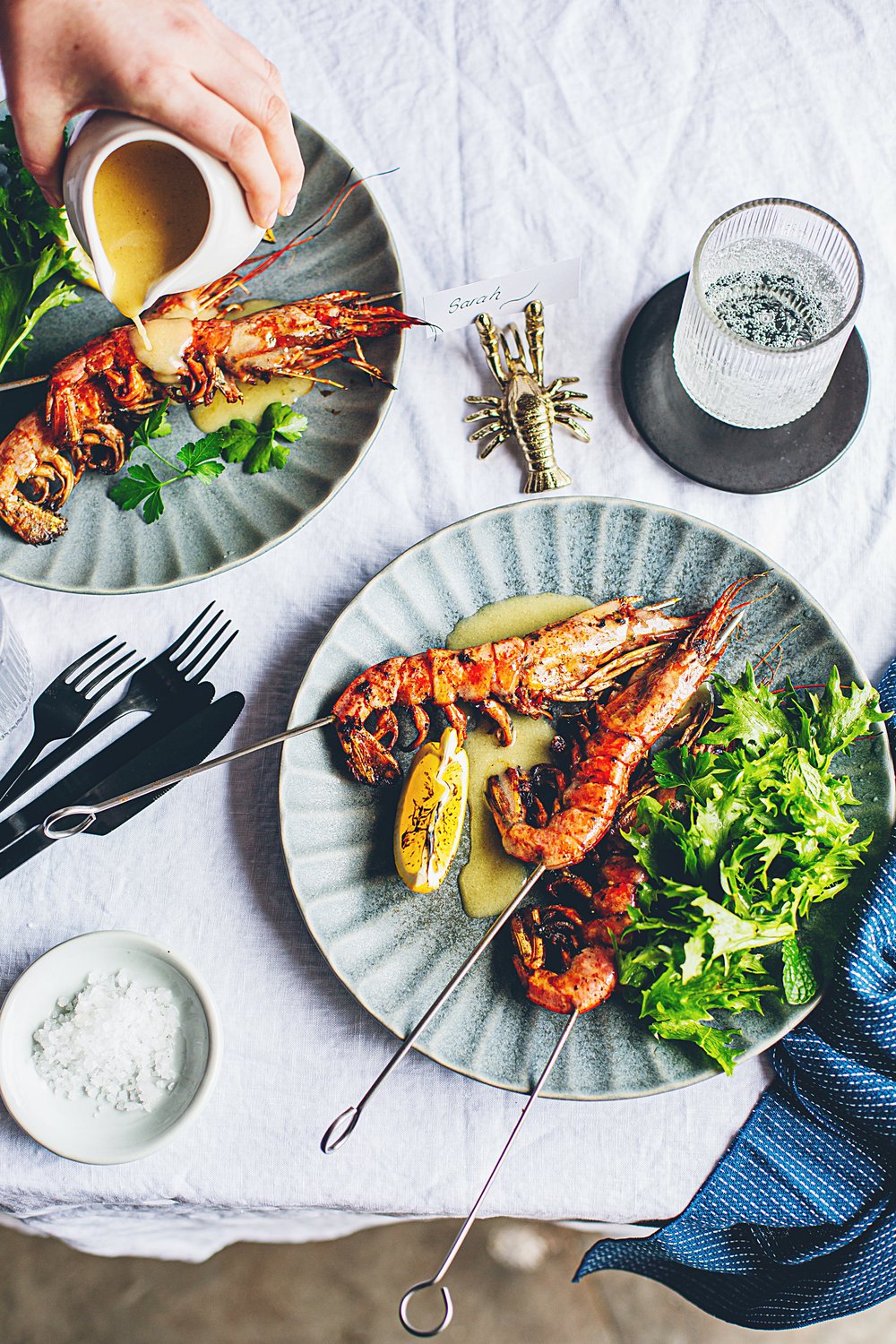
How to celebrate
The Feast of the Seven Fishes is marked by Italians living all over the world — including the Middle East — and is a tradition in many English speaking countries where people of Italian descent now live. Today, there is still a strong understanding and appreciation on the south coast and Sicily, but style can vary from area to area. While the most common variation of the tradition is to eat seven fish, some households eat nine, 10 or 12 fish meals instead. Some eat small portions across many courses in one dinner and other families opt for a fish dish for seven days in the run up to Christmas Day.
Three things to serve
Fish on ice: In the last decade it has become more popular to begin the feast with a cold seafood buffet served on ice. Favourites would include oysters, shrimps, lobster and clams.
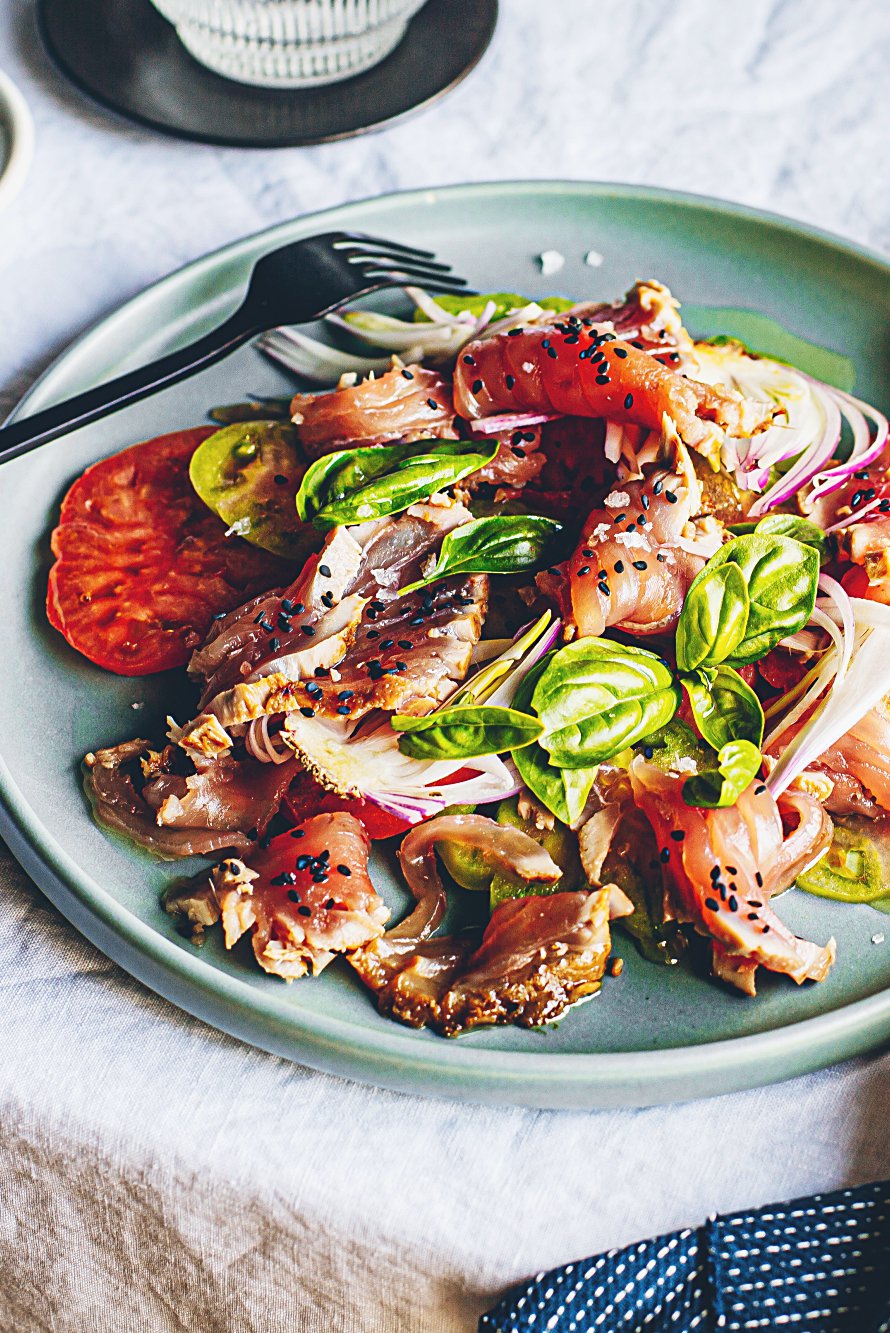
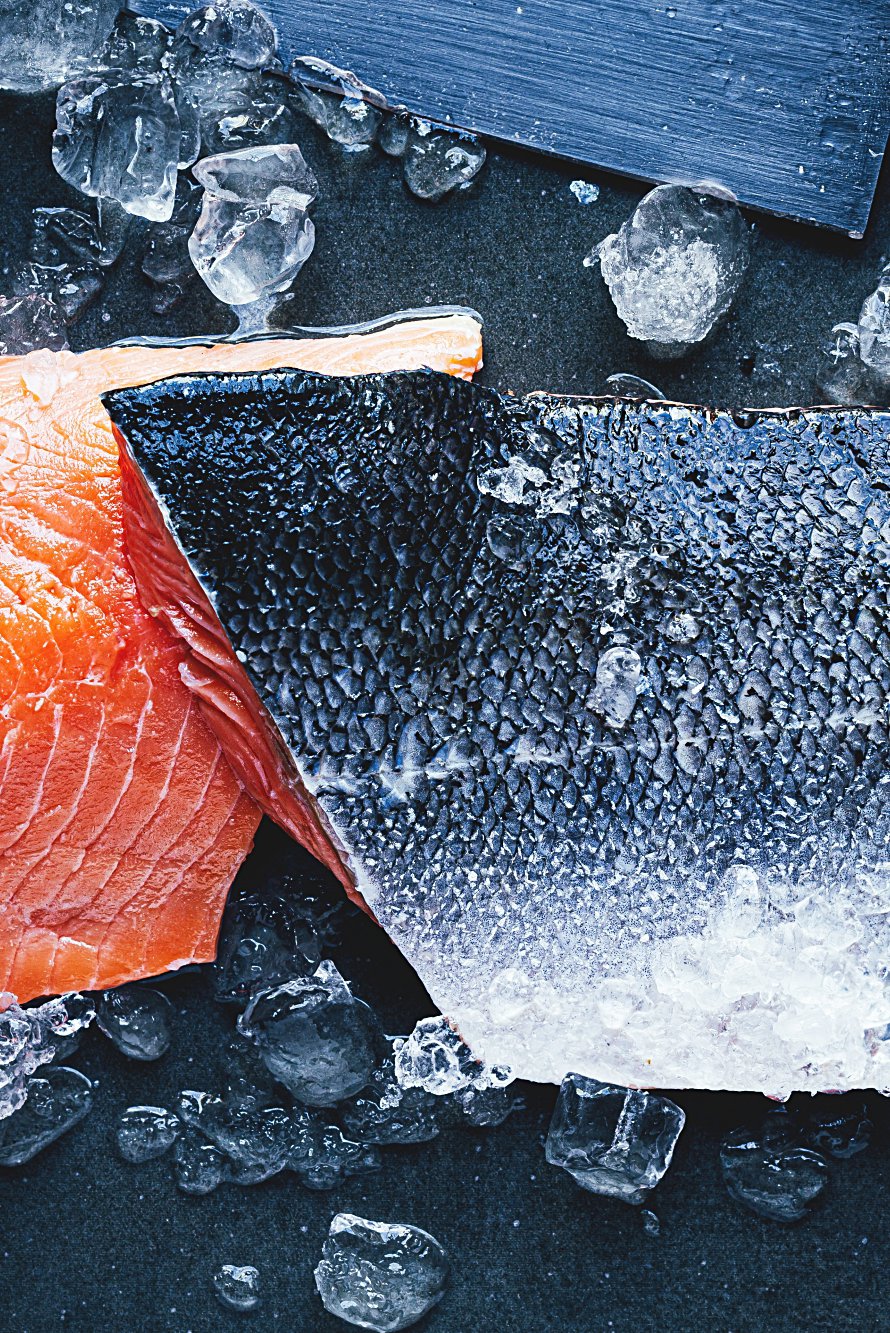
Pandoro: This classic Christmas bread originated in Verona, Italy. Pandoro or "golden bread" colour is created by using many egg yolks in the recipe. Pandoro is made using a star-shaped mold. Once assembled the bread has the appearance of a Christmas tree and is sprinkled with confectioner's sugar.
Panettone: This is another traditional bread from Milan that makes a great Christmas dinner centrepiece. The sweetbread is often made with candied lemons, oranges and limes. Some recipes call for raisins while others are plain dough and have a chocolate icing then decorated as a holiday cake.

